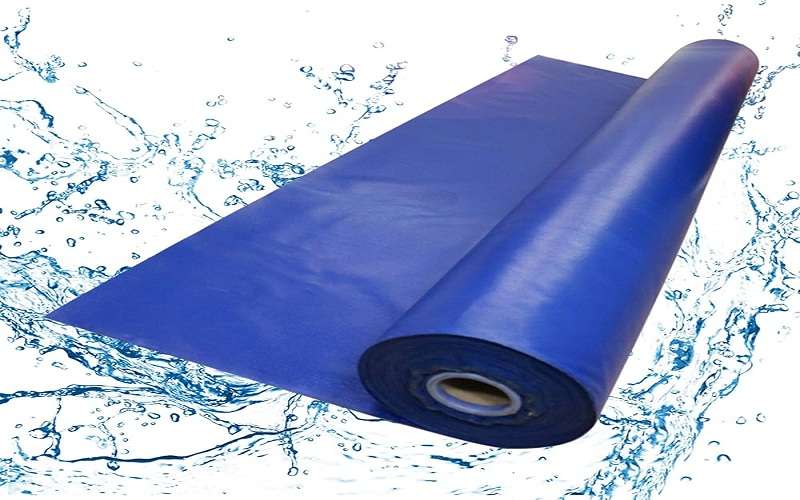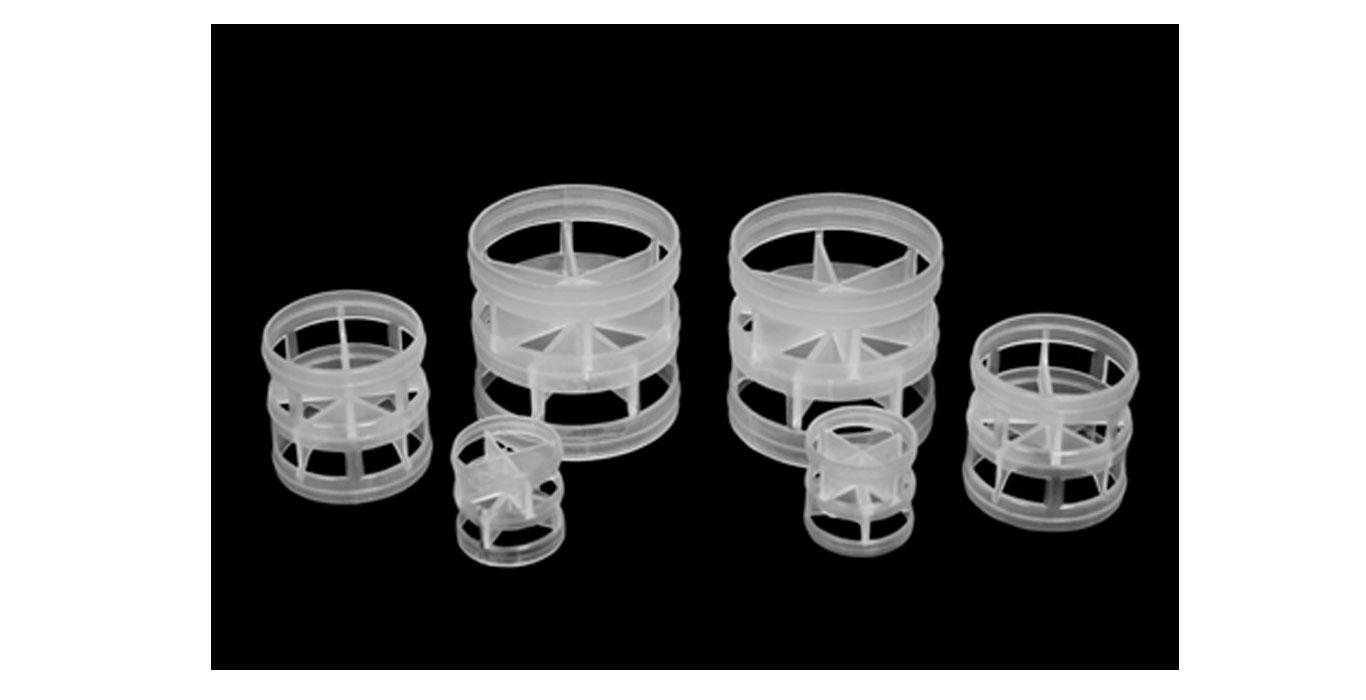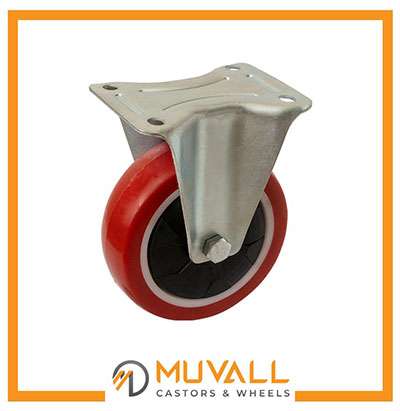Protecting yourself from particles and fumes is critical while spraying paint. You need to wear appropriate personal protection equipment (PPE). You may ensure that you or your employees are protected from potentially harmful chemicals by wearing high-quality PPE that protects your skin, airways, and other body parts.
Not all personal protective equipment (PPE) for spray paint applications is created equal. It’s vital to get high-quality equipment that matches where and how you’ll be spraying paint. Here are five pieces of equipment you can use for spray painting.

Face Mask with Respirator
When painting, it’s critical to wear a respirator at all times. A respiratory mask directly filters out the dangerous substances in the painter’s material. To ensure that a respirator works as safely as possible, the painter must use the suitable respirator for the utilized chemicals. Different respirators are better at filtering out particular threats than others.
When polishing in preparation for painting, you should always use a dust mask to protect your lungs. On the other hand, some low-cost dust masks may not seal properly, letting particles enter your lungs. Check whether the masks you’re contemplating have the N95 certification when you’re out shopping. Then look for masks with a strong elastic strap and a foam nose seal?masks with valves that allow exhaled air to make breathing easier. While these dust masks filter out dust, they do not protect against VOCs emitted by spray paint cans and other painting materials.
You may buy this instead of a pricey respirator and a set of pretty expensive goggles for a one-time painting session.
The respirator can also protect you from dust and pollen, making it ideal for working outside or for other maintenance tasks such as sanding or drywall installation.
Gloves
Some solvents used in painting and peeling paint might seep through your skin and harm your nerves or organs. They can, of course, cause more instantaneous damage to the skin. You should have a stock of gloves on hand for these reasons. For jobs like staining and varnishing, disposable latex, vinyl, or nitrile gloves are ideal. Thick chemical-resistant gloves are preferable for working with powerful solvents like paint thinner, lacquer thinner, acetone, or paint strippers. Check the glove’s label to see if it’s resistant to your employing chemicals.
When painting, it’s typically recommended to use disposable gloves. Otherwise, you’re simply cleaning them so frequently, and that’s one of the locations where the greatest spatter occurs.
Handling all the equipment and performing touch-ups keeps our hands out of the most often traveled locations. Here are some gloves to consider for your next project.
Safety Goggles
Goggles can give additional eye protection when painting because you never know what can happen. Solvents and even paint are hazardous and can enter the eye’s membranes, which you don’t want to deal with.
The opportunity to wear your prescription glasses underneath this 3M eye protection is what most people enjoy.
The lens-to-face seal is polymeric, which means it has a high adhesive value and is quite durable.
The ventilation is done indirectly, producing superior results in fog-free air movement.
This product is exceptionally durable, thanks to 3M. It can resist a great deal of abuse. If you’re worried about them becoming scratched, you may always invest in a safe carrying case.
Coveralls for Overspray Applications that are Disposable
You need a painter’s suit that protects against particles for overspray operations such as spray painting and coating applications. Overspray and coating are frequent in various industries, including automotive paint, industrial paint, contract labor, and construction. Body Filter provides heavy-duty particle protection for paint jobs that entail overspray and coatings. Some paints are low in toxicity, whereas others are hazardous when inhaled but not when applied to the skin. Contact or consumption of the most poisonous forms of paint can be harmful.
Footwear
A suitable boot with nice foot threads may give arch support, help posture, and mitigate the impacts of standing on concrete all day. You can reduce slips and falls with a good sole. If there is a lot of water sanding going on, it is a good idea to wear a rubber boot (or at the very least a waterproof boot) to avoid the discomfort of a fungal infection.
Anyone can paint since it is an easy process. However, as with any activity involving equipment and chemicals, extra precautions are required.
Every time you embark on a new painting project as a painter, you expose yourself to hazardous chemicals and poisonous fumes.









